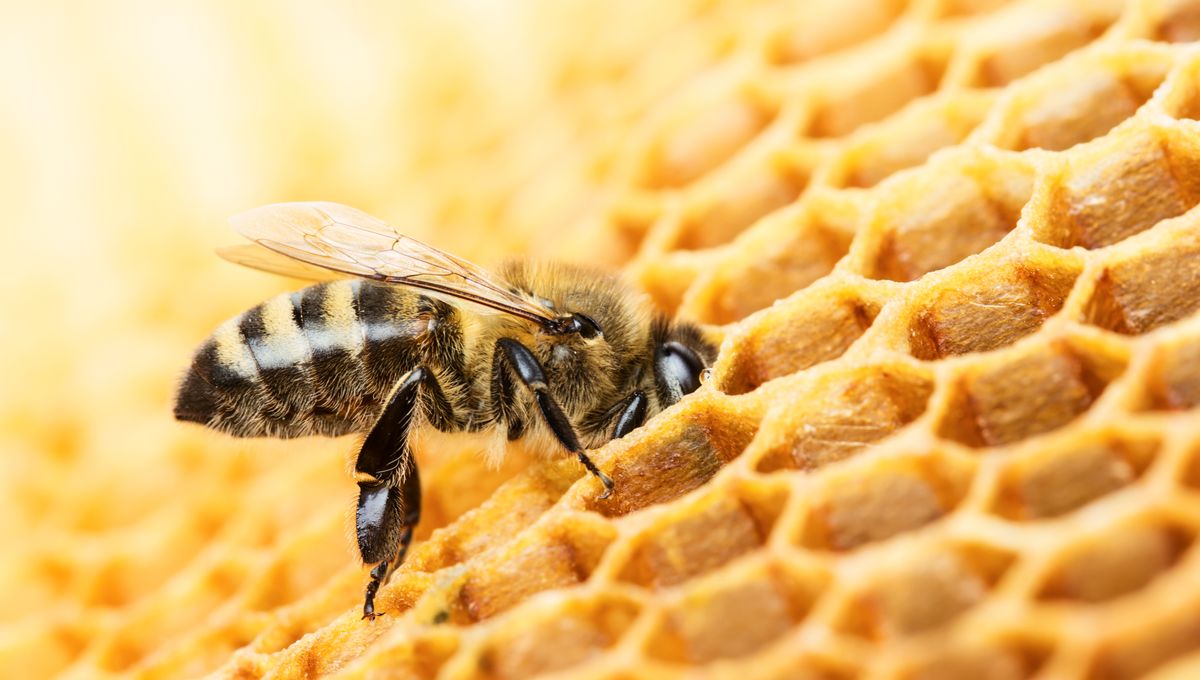
Honey is enjoyed by humans and animals alike the world over, but if stories about it being delicious bee barf have put you off your breakfast, you can rest assured it’s not vomit – but it’s also not much better.
There are around 20,000 species of bees in the world and, of these, less than 4 percent produce honey. The honey-producing species feed on nectar and pollen. Nectar is a sugary energy source that facilitates flying and comb building in adult bees, but it is also taken back to the hive to be converted into honey to feed to the colony’s young.
While honey is made up of at least 181 components, it is essentially just 80 percent sugar and 15 percent water. It’s also somewhat acidic and has mild antiseptic properties, as well as being downright delicious.
Honey-producing bees produce two kinds of food for their young in the hive, and while they’re both made using nectar, it’s the process that makes the products unique. And no, neither is vomit.
The honey that we eat is produced in the bee’s honey sac, or honey stomach, and it gets its flavor from the type of flower the nectar is collected from. While the term “stomach secretions” is not exactly helping honey beat the vomit allegations, the organ honey is produced in is entirely separate from the bee’s functioning “food stomach”.
The honey sac, or crop, is a specialized organ that works as a store for nectar or water, enabling the bee to safely transport it back to the hive. Once home, the bee will regurgitate the nectar in a process called trophallaxis, and begin adding sugar-inverting enzymes to the nectar to create sweet, sweet honey. This honey is then stored in a honeycomb within the hive and is used to feed both the adult and larval bees.
In addition to the honey we know and love, bees also produce royal jelly. This is a highly nutritious secretion used to feed queen bee larvae throughout the larval period and to feed worker and drone larvae for the first three days of their lives. Royal jelly is a thick, white substance produced from the glands in the heads of worker bees.
People have also thought to combine the two bee products and market it as “royal honey”. But while both honey and royal jelly do have nutritional benefits for humans, the claims that royal honey can be used as a powerful aphrodisiac are entirely unsubstantiated.
So, what did we learn? While honey does technically come from a “stomach”, and royal jelly comes from a gland, let’s just stick to calling them “bodily secretions” rather than incorrectly labeling it as vomit. Oh, and royal honey won’t make you good in bed.
Source Link: Is Honey Bee Vomit?